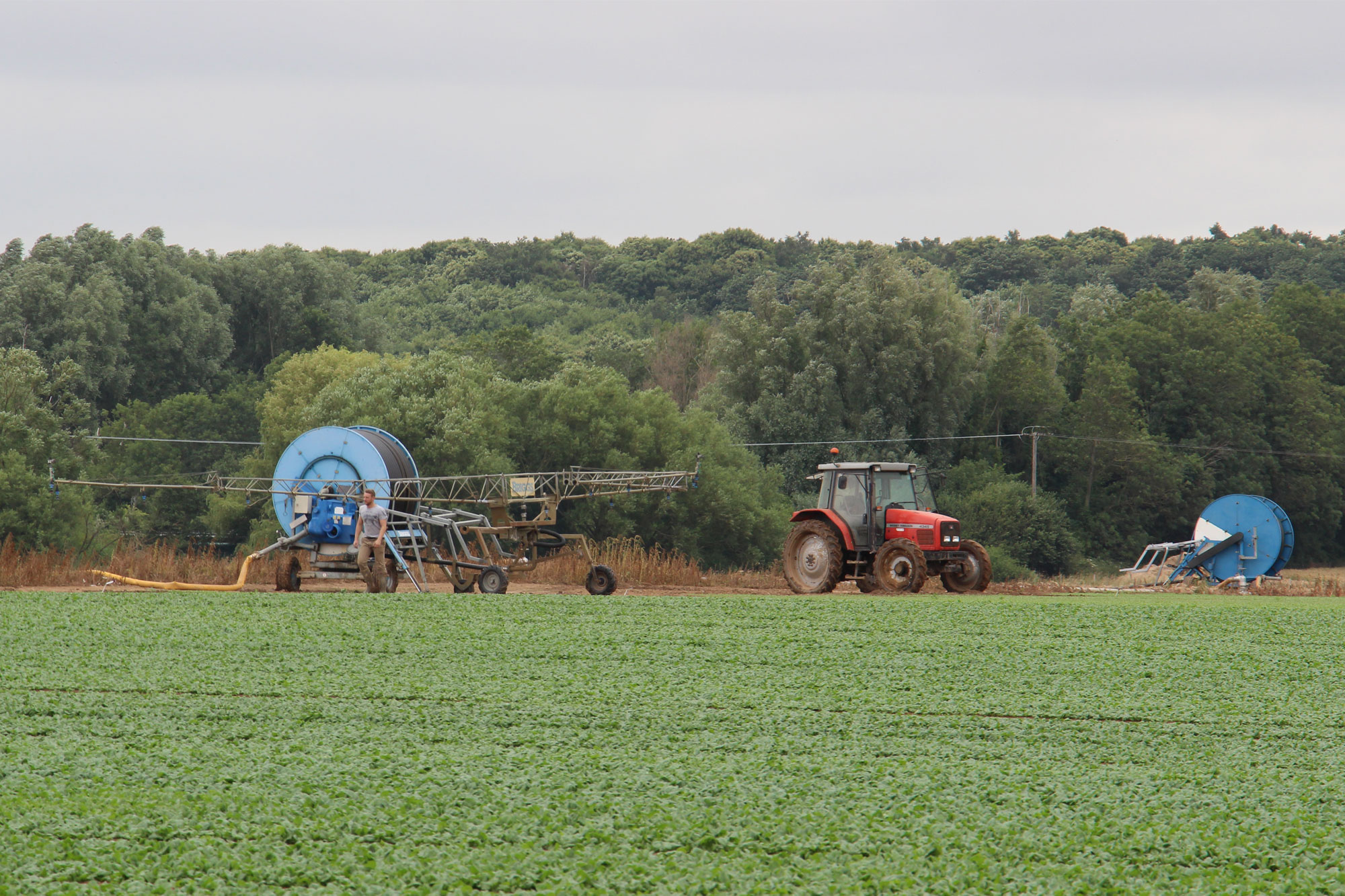MSc Ethnobotany student Lilly Zeitler has contributed to a report on biodiversity commissioned by the Food and Agriculture Organization of the United Nations. The project took almost five years to prepare, organise and compile.
The State of the World’s Biodiversity for Food and Agriculture is based on information provided by 91 countries and 27 international organisations, analysis of global literature and datasets, and contributions from over 175 authors and reviewers. The report assesses biodiversity for food and agriculture and its management worldwide and is the first such study of its kind.
Biodiversity is essentially the diversity of plants, animals and other organisms, both wild and domesticated, that provide us with food, fuel and fibre. It includes those organisms that provide essential services, such as bees and other pollinators, worms, mangroves, sea grasses and fungi which work to keep soils fertile and purify the air and water.
The report highlights two key messages. The first is that the world is relying on an ever smaller number of foodstuffs to feed a growing population that is expected to rise to around 10 billion people by 2050. Of the 6,000 plant species cultivated for food, just nine account for 66% of total crop production. The world’s livestock production is based on around 40 species with only a handful providing the vast majority of meat, milk and eggs.
The second key point is that many of these species that support food and agriculture are under threat or declining. Around a thousand wild food species, mainly plants, fish and mammals, are decreasing in abundance.
According to the study, the lack of biodiversity can leave food production much more vulnerable to shocks, such as outbreaks of disease and pests. The report highlights what can happen in worst-case scenarios like the Irish potato famine of the 1840s.
While nothing on the scale of famine is now predicted, the report highlights a number of examples where the loss of biodiversity is impacting people’s lives and diets. The Gambia says that large losses of wild foods have forced communities to turn to industrially processed foods to supplement their diets, while several countries, including Ireland, Norway, Poland and Switzerland, report declines in bumblebees.
The report says that there are significant causes or drivers of biodiversity loss namely climate change, pollution, changes in land and water use and management, overexploitation and overharvesting, and population growth and urbanisation.
There are effective solutions to this. The study highlights a number of what it terms “biodiversity friendly practices” that are on the rise. Some 80% of the countries reporting say that they follow one or more of these approaches. For example, in Argentina, some 560,000 home gardens and 12,000 school and community gardens have been created and are providing food for an estimated 2.8 million people whilst, in California, farmers are now allowing their rice fields to be flooded after harvest instead of burning them, opening 111,000 hectares of surrogate wetlands and open space for 230 bird species.
While these are lauded, the problem, according to the FAO, is that these changes aren’t happening quickly enough. In common with many environmental problems, consumers have enormous power to drive change. The FAO says that the general public can opt for more sustainably grown products from farmers’ markets, for example, or boycott foods that are seen to be unsustainable.
Something that comes out strongly in the report is the importance of the role of citizen scientist and those who are involved in volunteer work for biodiversity monitoring and conservation.
Lilly’s contributions to the study are on the wild foods section on pages 56-61 and the references to such foods spread throughout chapter three. She completed this work whilst employed as an intern for the FAO and it was made possible through the technical editing support of Dafydd Pilling and Julie Bélanger.
The report has received coverage by CNN and The Guardian and can be downloaded in full from the FAO website here.

